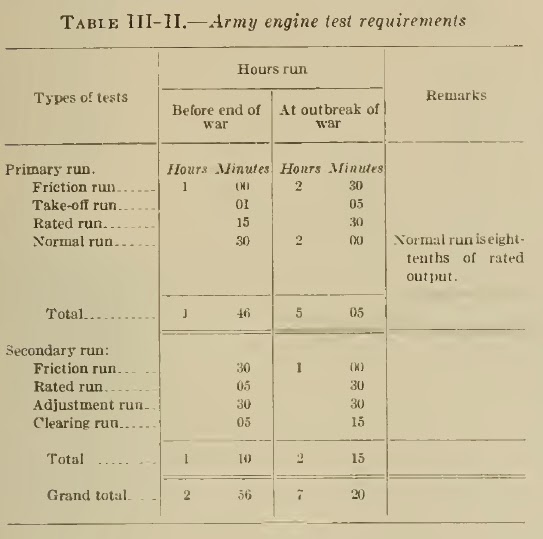In general, it may be said that the quality of aircraft produced
was greatly reduced dining the last 6 months of the war. The
reasons for this reduction was the lack of equipment and supplies
caused by bombing of factories and the blockading of the shipping
lanes.
The documentary evidence of quality tests on airframes, engines,
and raw materials was burned. All of the information was obtained
through interrogation of Army and Navy officials.
The quality of the airframes is a rather difficult thing to
evaluate in terms of requirements. It was stated by officials that
because of the thin distribution of skilled labor the quality of
airframes dropped off considerably. A large factor affecting
airframe quality was the poor construction of jigs and fixtures.
Poor jigs made interchangeability practically impossible. This, of
course, resulted in a falling off of quality.
The test flight for aircraft at the beginning of the war and up
until the last few months was 2 to 3 hours with five landings. At
the end of the war an aircraft often received its test flight while
enroute to the air depot where it was to be delivered. Again the
reason for lowering standards was the shortage of fuel. Many of the
training planes received no test flight at all.
One engine out of every 10 was withheld and broken down for a
friction inspection and then given a test run. At the outbreak of
the war, all engines received this type of inspection, but, as the
time factor entered hi this, short cuts were made.
At the outbreak of the war the Army required approximately 7
hours running-in-time on engines, while the Navy required about 9
hours. These figures represent an average because some engines
required more time and trainer engines and such required far
less.
Table III-II shows the Army standards at the outbreak of the war
compared with those just prior to the close of the war. Friction
runs were a more drastically curtailed phase of the inspection.


No comments:
Post a Comment